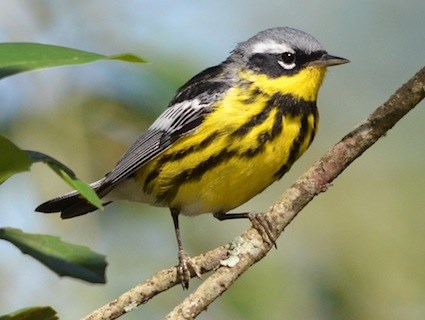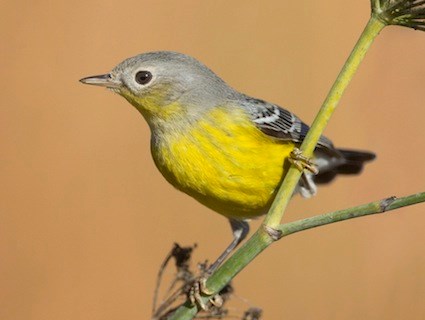Happy hot hot days of summer everyone!
It should cool down a bit after this lovely rainy day we are having.. hopefully!
It has been a scorched, so I'm sure the plants are very happy about this rain.
We've been snapping some photos around town to share with everyone what's blooming now:
We spotted this tall Rudbeckia laciniata towering over the sidewalk in Carrol Gardens. It's a member of the sunflower family and is an annual like it's cousins.
Bee Balm, Monarda, is easy to grow and will attract pollinators like bees, butterflies and hummingbirds to your garden.
Milkweed! Asclepias syriaca spotted in BedStuy and Asclepias tuberosa spotted at Brooklyn Botanical Gardens. This milkshake brings all the Monarchs to the yard. lol Sorry, I had to. But for real, milkweed is the Monarch butterfly's only host plant.
This Pale Purple Coneflower, Echinacea pallida, was spotted at Brooklyn Botanical Gardens. <3
Check out these other varieties at Gowanus Nursery!
Double Scoop Cranberry Coneflower, Echinacea x 'Balscanery' (omg sooooo awesome!) and Cheyenne Spirit Coneflower, Echinacea ‘Cheyenne Spirit’
Butterfly bush, Buddleia x 'Podaras, with a beautiful Tiger Swallowtail spotted at Kings County Nursery
This lavender is going strong in one of our gardens in Williamsburg.
Sunflowers! are going strong all over Brooklyn! The left is in Carrol Gardens and the right was spotted near my house in BedStuy. I love those clusters of them.
(All photos by Dana Boyd)







































